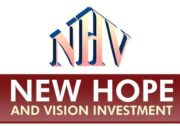Context Analysis
Introduction, Background and Rationale of VSLA Methodology amongst Women and VMGs in the Rural and Peri-Urban areas

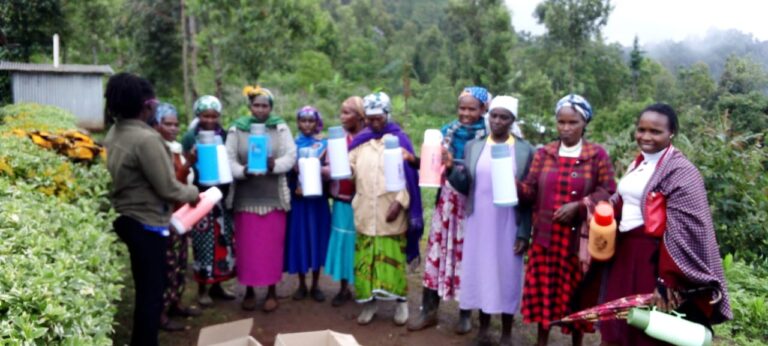
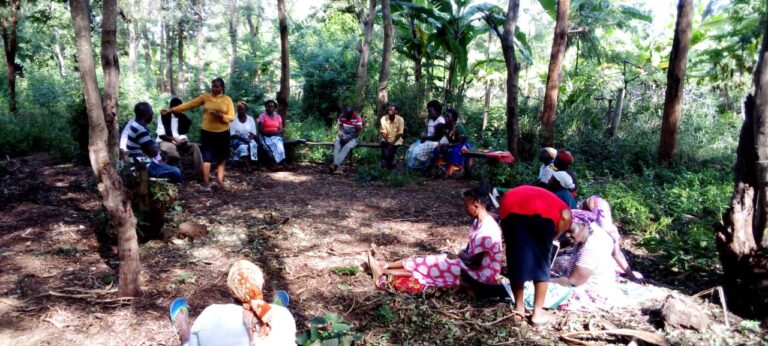
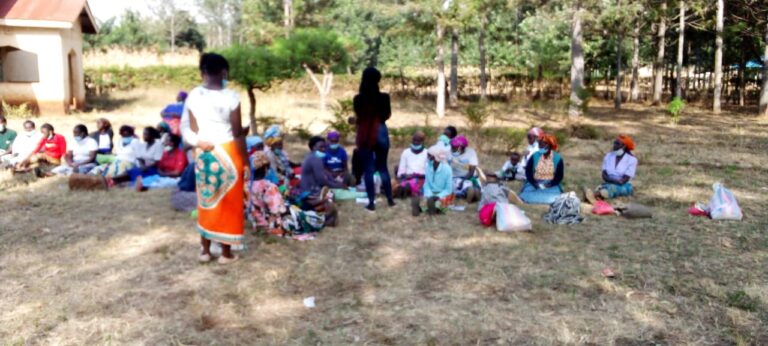
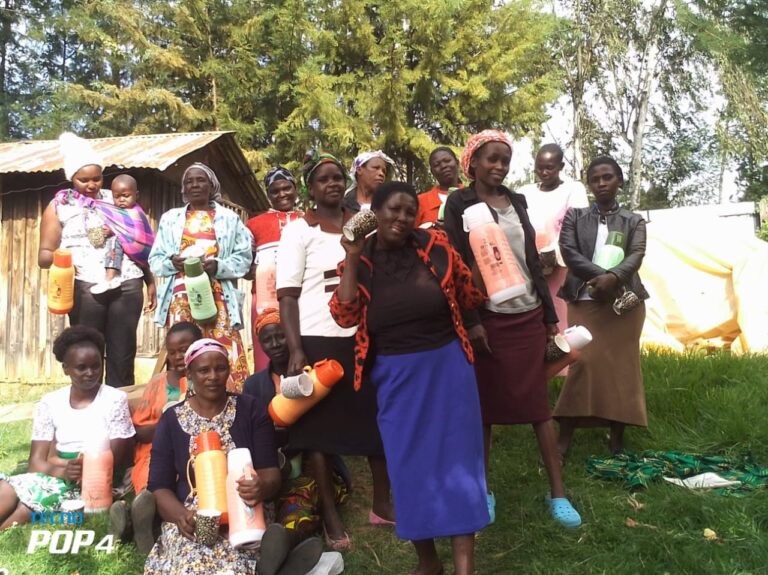
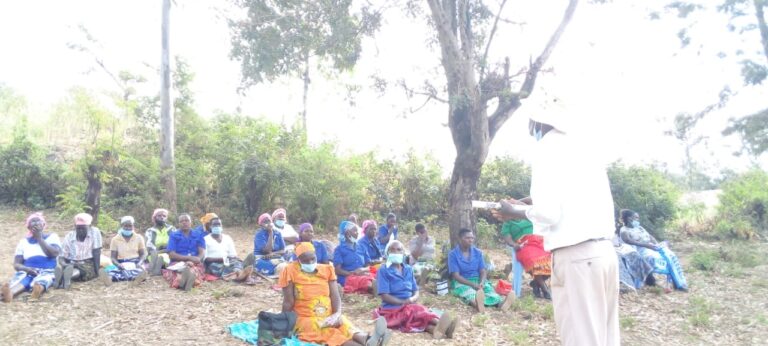
It is estimated that over 1.3 billion women globally “operate outside the formal financial system “such as commercial banks, building societies, saving and credit cooperative societies (SACCOs), mortgage finance companies and microfinance institutions (MFIs) (Demirguc-Kunt, Klapper & Singer, 2013: This is cause for concern because it constraints women’s capability to create wealth and Employment for themselves and society. Constrained access to finance by women entrepreneurs has been identified as a major barrier to growth and development given that women provide substantial labor force, investment and mobilization of private savings (Noosa, 2015; World Bank, 2014).
In terms of labor force, the World Bank estimated that 40 percent of the world’s workforce is women who steer sectors “critical for economic growth” in poor countries. Further, a third of Micro and SmallEnterprises (MSEs) in emerging markets were female owned with unmet financial needs of US$260-320 billion annually (World Bank, 2014). Women owned micro and small enterprises (MSEs) are
business ventures which may be sole managed or else characterized by few employees and low annual turnover.
Based on a 2015 survey, shows that 55.1% of women in Kenya had accounts at formal financial institutions including commercial banks (World Bank, 2015). The finding implies that, close to 45% of women aged above fifteen years lack accounts at formal financial institutions, a pattern which Kimta, (2015) attributed to socioeconomic and cultural factors that disadvantage women. The challenge of formal-sector financing among women owned MSEs is so critical that it has triggered a search for very informal and micro financing channels (Sousa dos Santos, 2015) such as merry-go rounds and table banking. Table banking is a group financing strategy in which members of a group meet regularly (usually monthly) to aggregate savings, collect loan repayments ‘on the table’ and immediately lend the money to one or some willing members (Njuguna, 2015).
Table banking developed as a form of informal banking along the tenets of Grameen Bank of Bangladesh into a savings and loan scheme where members save and borrow money from the pool of savings “immediately from their savings on a table” [JOYWO] (2014). Table banking emerged as a poverty eradication strategy under the former “Ministry of Planning and Vision 2030”, in response to Millennium Development Goal number 1 on “eradicating abject poverty” especially for the unbanked women in rural Kenya (Njuguna, 2015), but it also has another core objective which is to give economic empowerment to women in form of financial assistance and capacity building (Murithi, 2014).
Table banking is a financing strategy for groups in which members of the group meet regularly to aggregate their savings and loan repayments then lend the money amongst group members and has emerged as an alternative financing model to women owned MSEs. Table banking concept is innovative over and above formal financing models in that it does not require members (often women) to provide security when seeking soft loans; otherwise if collateral is needed then it is made flexible enough to include food produce or even live animals (Action Aid, 2017). This means table banking can provide a solution to a host of challenges women entrepreneurs experience in formal financial institutions.
Entrepreneurship emerges as a powerful means by which women create meaningful livelihood opportunities to improve socioeconomic wellbeing of their families and society (World Bank, 2011).
Women owned micro and small enterprises are important because they are a source of income for their households, can contribute to poverty reduction, create employment for the local labor force and are a potential revenue base for governments. Unfortunately, women owned enterprises in Kenya face unique financing challenges which hamper their performance and growth. Moreover, few women own assets that can act as collateral against formal loans (Dinning, 2010; Kanyi, 2014; Kariuki and Ngugi,2014 Women enterprises in particular tend to have unique trade financing challenges as many women entrepreneurs lack collateral to obtain formal business loans (Dinning, 2010; Kanyi, 2014; Kariuki and Ngugi, 2014). They also tend to have many credit sales transactions as well as non-business related transactions such as use of money in the homes. Other challenges are low financial literacy and lack of women-entrepreneur targeted business financial products. These qualities make it difficult for women to access financing in the mainstream financial institutions which make them result to alternative financing options (World Bank, 2014).
Even though there are a variety of microfinance alternatives such as savings and credit associations, rotating saving schemes and merry-go-rounds, table banking is one of the more popular informal source of microfinance among women operating micro and small enterprises. Table banking group members meet regularly, usually monthly to aggregated savings, loan repayments or other contributions on the table and immediately lend the money to one or more of the group members (Mwobobia, 2016; Jelagat and Osodo, 2016). Table banking is founded on trust among the women group members who guarantee each other, to the extent that the borrower can secure the loan with her household goods such as utensils, electronics and other household goods. The amount of money borrowed varies but may be even lower than one thousand Kenya shillings (Njuguna, 2015; Lambisia. Ngahuand Wagoki, 2016).
Table banking offers multiple comparative advantages to the women that’s includes : lack of collateral when women need to take a loan, the concept of guaranteeing each other, low interest rates on borrowing, ease of accessing saving, ease of access to loans for investments, access to training opportunities among other merits.
For women owned enterprises, table banking has particularly empowered many such enterprises to start up and grown amidst challenges .Table banking also has another objective which is to give economic empowerment to women in form of financial assistance and capacity building (Murithi, 2014). The practice of table banking has been that women members in table banking groups often use the loaned money as capital to set up businesses or to facilitate their livelihood activities. Mwobobia (2016) established a positive influence of table banking on women members as ranging from contribution to ‘food security, harmony in homes, enabled women to engage in modern farming, raised women standards of living, enabled women to build houses, giving women ability to contribute to the family budgets, brought financial independence to women, enabled women to buy land, enabled accessibility of loans by women among others’ (Mwobobia, 2016).
Table banking as an alternative financing model is preferred because it does not require members (women) to provide security when seeking soft loans. The model is devoid of stringent requirements and in the event that collateral is needed, then under this financing scheme, it is made to be flexible enough to include food produce and farm animals (ActionAid, 2017) which is friendly and feasible for women entrepreneurs. Table banking has successfully been used by Action Aid International Kenya in Eastern Kenya as a group funding strategy. Members of a group meet once in a month, place savings contributions and loan repayments on the table for immediate onward borrowing as short-term loans by qualifying members. The women often use the money borrowed as capital for their livelihood projects. Most women use animals such as goats as collateral to guarantee the loans (Action Aid, 2017).
Drivers of Informal Financing (VSLA Methodology) Options amongst Women Groups and Enterprises
There are several drivers of informal financing particularly among women which includes; the need for financial independence, the fact that there is no collateral requirement, there is convenience (ease and speed of access to credit facilities), and inclusivity, and there are no frustrations from formal financial institutions. Among other reasons, informal financing is also triggered by poverty and illiteracy.
Poverty for example is high among Kenyan women, estimated at 25 percent nationally and is particularly worse among the rural folk (Limobk, 2014 in Mwobobia, 2016). According to Mengo (2014), women also find informal channel financing as a very attractive alternative that saves them bureaucratic procedures in obtaining loans from the formal sector lenders. The approval process informal channels end up being tedious while the loans are, nonetheless, expensive. Women also get motivated to seek financing from informal channels through influence or peer pressure when they admire the success their colleagues have made being able to start small businesses, buy personal/household assets, educate their children, or even provide livelihoods to their family more comfortably (Obiria 2014; 2015).
Women owned enterprises also prefer informal financing due to gender discriminatory factors and cultural factors that inhibit their access to finance from formal sources (Lazzarini, Sergio, Musacchio, Bandeira-de-Mello and Marcon, 2015). Yet women owned small and micro enterprises exist in practically every sector from agriculture to services, healthcare, Information Communications Technology (ICT), transport, consultancy services and construction. Typical MSEs owned by women can be found in rural and peri-urban areas of Kenya trading in cereals, green groceries, semi processed goods, fresh produce, catering, among other (Naituli, Wegulo and Kaimenyi, 2008). Unfortunately, women face gender inequalities of time, social constraints and capital that limit their start up and growth (World Economic Forum, 2013). Many women entrepreneurs face many hindrances in entrepreneurship in addition to those faced by their male counterparts. According to ILO (2009) and (IFC and GPFI, 2011), hindrances for all entrepreneurs include; poor infrastructure, prohibitive cost of production, political instability among others. Women entrepreneurs encounter additional struggles with opening savings accounts with formal financial institutions, having limited or no collateral, poor access to business credit, unfavorable regulations specific to women, lower education levels and socio-cultural practices in society. There are also worldwide trends that affect trade such as innovation, change in trade patterns, entrepreneurship training among others (Stevenson & ST-Onge, 2005b; Kiraka, Kobia and Katwalo, 2013; Demirguc-Kunt, Klapper and Singer, 2013; Kiveu and Ofafa, 2013 and ActionAid, 2017). This engendered difference in entrepreneurship has undesirable consequence for development of women owned MSEs because whereas less than a quarter of productive potential of men in enterprise is underutilized, women’s equivalent is more than half (ILO, 2016).
Women constitute the bulk of informal enterprises in agriculture and services sector (ILO, 2011). As a result, women have turned to non-conventional micro financing models. Table banking not only offers financing to women but a network that can contribute to managerial and entrepreneurial skills of women group members. These skills are imperative to positively influence the growth of the enterprises that they manage through better team management and entrepreneurship skills. Through Table banking groups are impacted with good financial numeracy skills which make them better managers of their own enterprises thus enhancing the performance of the businesses.
Our core mandates are to empower, develop and transform resource poor, rural and vulnerable marginalized groups members through targeted empowerment and development programmes that focuses of financial inclusivity and literacy( savings and investment) , access and control of resources, livelihood systems, drug and substance abuse , relevant linkage formations , environmental conservation and protection as tested and proven to drivers of socioeconomic development including articulating issues affecting women ,youth and PWDs Youth, in particular, on Finances, agriculture & environment sectors, in general, through focused lobby and advocacy. Targeted capacity building and promotion of sector stakeholders’ cohesiveness in dispensing and progressive uptake of broad based innovations for enhanced social economic status of our members. To this end, this organization engages with a wide range of state and non-state actors.
The Organization engages with a wide range of state and non-state actors in the quest for progressive and sustained socioeconomic transformation for her members—the women youth and PLWDs. The Organization has other objectives predicated on a triple bottom-line (economic, social and environmental) and revolving around Kenya Vision 2030, African Union’s Agenda 2063 and the United Nations’ Sustainable Development Goals (SDGs) and County Integrated Development Plan, Youth in Agribusiness Policy and National Youth Policy . In the spirit of these guideposts, the organization has built its Vision 2030 on five pillars.
Targeted capacity building of our members on financial literacy ( savings and investments , pooling of financial resources through table banking model, making of simple records /simplified accounting procedures, simple financial decision making principles, profitable ventures etc) ,
- Promoting access and control of resources amongst women, youth and VMGs through targeted capacity development geared towards impacting skills, sharing knowledge and best effacacious methodologies that yields to an sustainably empowered , developed and tranformed rural economies and marginalized bottom segment population,
- Institutional strengthening and development of groups through robust well targeted trainings, peer to peer platforms, coaching , experiential trainings to enable the groups evolve into formidable, sustainable and viable enterprises,
- Advisory services on agribusiness ventures such as; latest agronomic modern technologies , innovations and best practises such as : kitchen gardens ( vertical and horizontal gardens), apiculture , aquaculture , permaculture, dairy enterprises ( cows and goats),poultry venture, horticulture venture, aggregation, marketing, value addition and agroprocessing training on best production practices, linkage to the markets, linkages to the finances, dissemination of weather and technical advisories) all geared towards integration and mainstreaming of women and youth in agribusiness, enhancement of food security and livelihood system,
- Productive linkage formations to members to markets of their agricultural produce , to financial institutions ( Agricultural finance corporation for low interst loans, uwezo funds, women enterprise funds , youth enterprise funds , bursaries , relevant stakeholders, groups registration offices, agrodealers for subsidized inputs, contract farming, national and county government projects and programs, development partners and other related stakeholders,
- Adoption and application of climate smart technologies and innovations towards environmental protection and conservation,
- Facilitating the increasing of women, youth and PLWDs in decision making platforms, specifically in areas of; Leadership, governance and inclusivity through responsive policy agenda (lobby and advocay),
- Awareness creation and sensitization campaigns on drug and substance abuse and gender based violence amongst our members,
To achieve its core mandate, New Hope and Vision Investments (NHVI) offer tailor-made and generalized services to its members and support the country’s development objectives; the Organization is both catalyst and mediator of women, youth and VMGs uptake of progressive but local VSLAs and agricultural development innovations and latest cutting edge context specific technologies. The organization achieves this through promoting the thinking and practice of value chain based agribusiness models; developing and deploying targeted capacity building programmes; mobilizing and organizing women, youth and VMGs into empowered associations; and, ultimately, organizing empowered women, youth and VMGs formations into commercially viable groups.
The organization, as well, has very highly competent team of trainers, experts and consultants coordinating the activities across operating jurisdiction of the organization. New Hope and Vision Investments (NHVI) has self-evident competencies and acumen in table banking sustainable management ,groups formations and strengthening, sensitization , mobilization, organization and empowerment; VSLAs and Agricultural Product Value Chains (APVC) and skills clustering led development and model; deliberate policy influence; and provision for Women ,VMGs and Youth-driven entreprises, environment conservation and climate change adaptation strategies as well as incubation of innovations for social economic gain.
The organization as well, has vast practical experience in group’s organizational development and institutional strengthening both in VSLA and APVCs methodologies. lessons on what works best, what does not and how to manage both for the best outcomes is an approach that will our organization to deliver technical and advisory services to youth organizations, fast-track their development and strengthen necessary institutional structures to support the proposed interventions. This shall enhance the groups’ business viability and sustained productive outcomes and, ultimately, promote the realization of project development objective.
